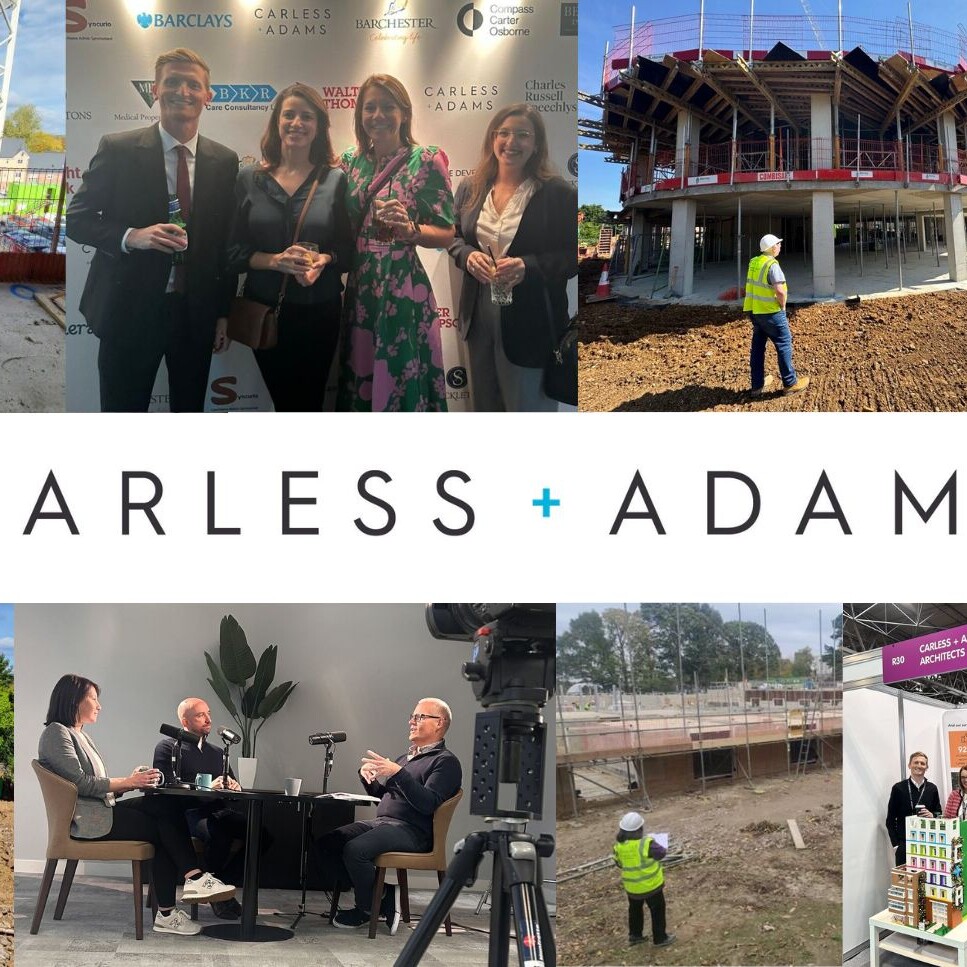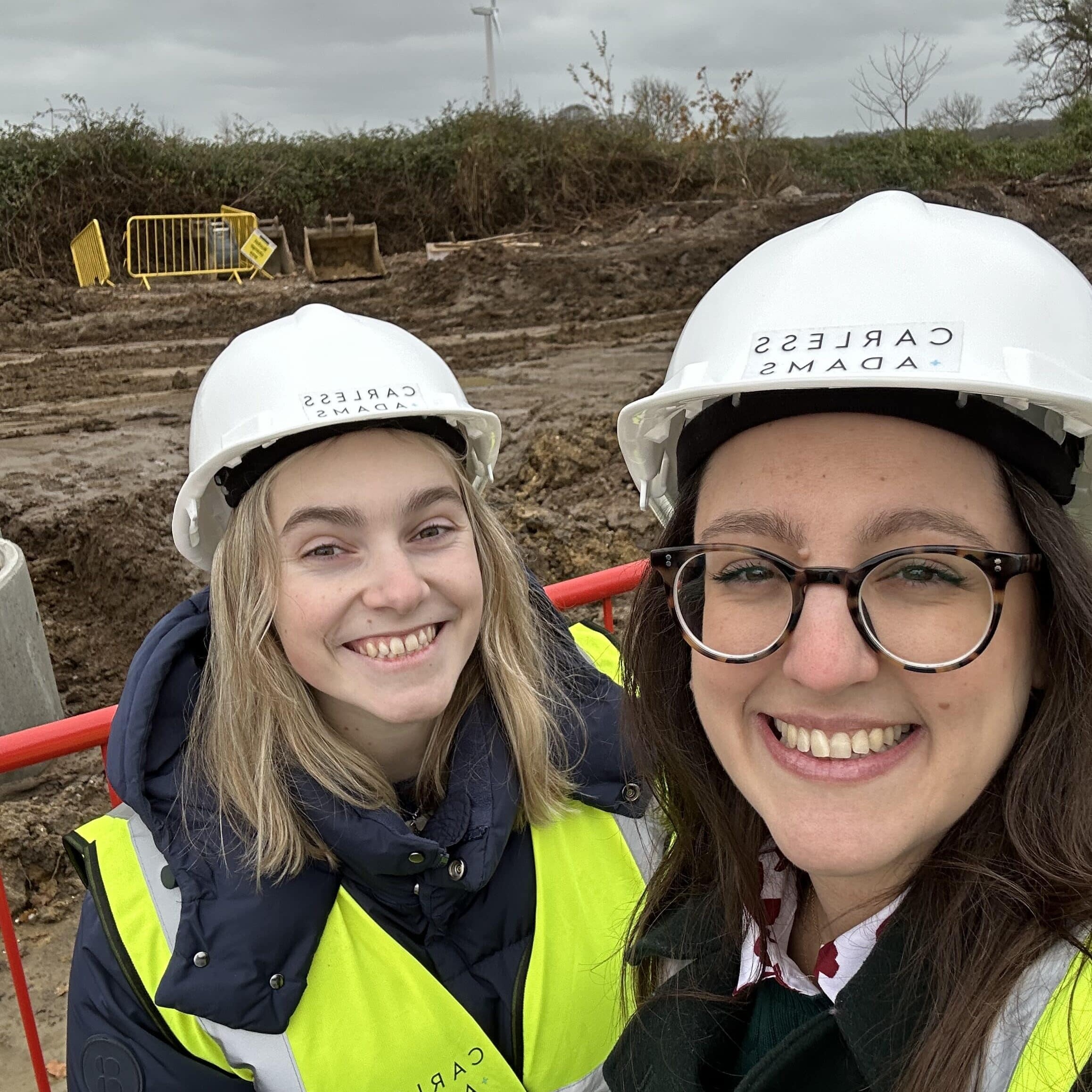How care accommodation can help to regenerate urban areas.
Shaping our diverse and multi-disciplinary cities has never been more crucial than in today’s world with an ageing population and provision of care falling behind. The question on most architects’ mind is how can we stay prepared, design better and design safely for future generations? With the rapid decline of the high street – which was once the heart of most towns and communities – the next solution aims to reinvigorate these spaces by introducing retirement housing into the urban sector.
The high street is probably traditionally known as retail hubs for recreational shopping. Although the rise of online shopping has been steadily increasing in popularity, the pandemic seems to have accelerated the process, pushing out local retailers and many high street brands. The UK has been isolated into a digital-era quicker than we imagined and embraced by many of all generations. This has unfortunately left these central spaces derelict and unusable, bringing in even more questions of how we can re-purpose our cities to better suit what lies ahead.
As we’ve previously highlighted, accommodating for an ageing population is something we need to be prepared for. Combining the two factors – town and city empty spaces and an ageing population – has been recognised as a driving for bringing life back to central areas. Axa, owner of Retirement Villages Group, is investing £2bn in UK urban retirement as the elderly shun the countryside for more vibrant areas to connect with intergenerational communities.
Typically, care homes, retirement housing and care villages are usually gated communities located in rural areas such as the countryside, away from the bustling urban environment. Knight Franks Senior Living Survey of 2019 found that location was the most important factor when choosing a property and the ideal distance from the property to the town centre would be a 11-minute walk.
Regardless of location, there’s no doubt that loneliness could be a common side effect of moving into a care home. The pandemic removed the option of visits from family however this thankfully is changing. Isolation and social distancing have really highlighted the importance of connection and social communities as the key to our physical and mental wellbeing. By integrating older people into those communities through design we can also connect the generations in a beneficial way.
The retirement housing will also integrate facilities and social spaces like coffee shops, restaurants and gyms that will cater to all ages and abilities. Alongside empty retail buildings, office spaces may also be refurbished and adapted towards these ideas. The regeneration of urban spaces will allow for a diverse community that supports the elderly population and helps our society. Over the next few decades, we could see a completely new meaning of the High Street and of its place in urban cities.


